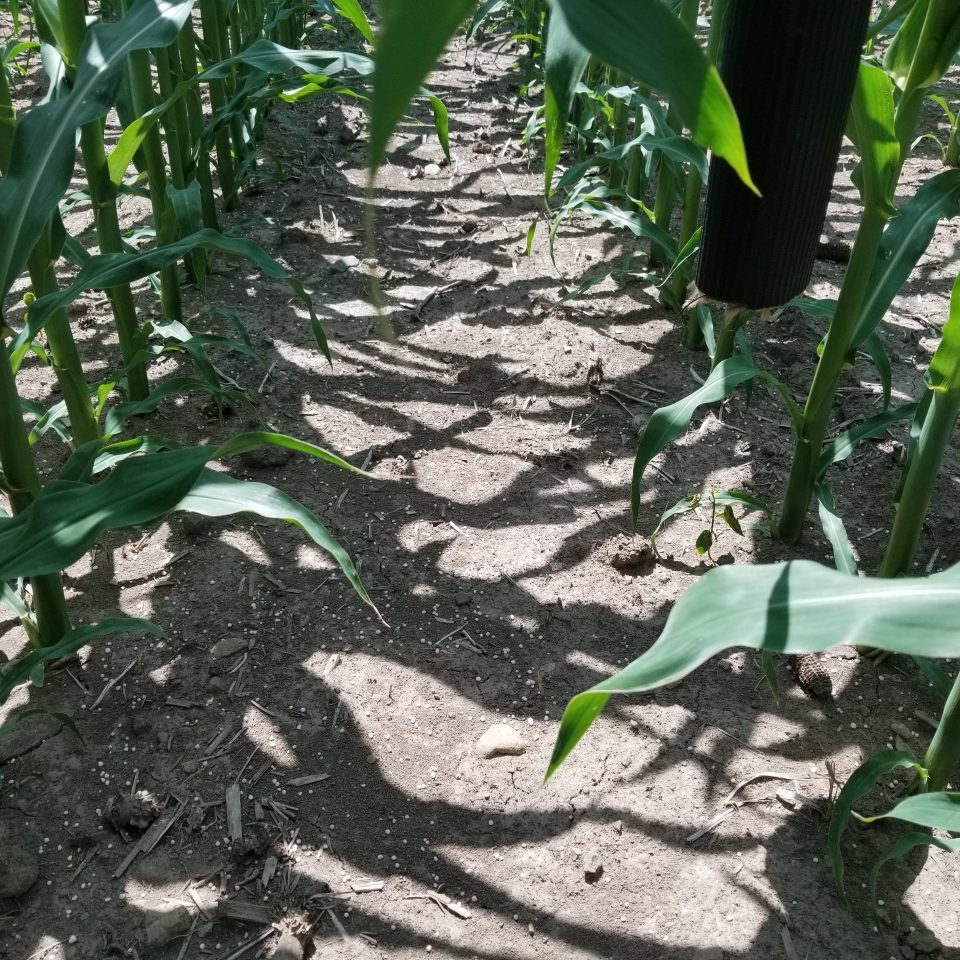
As we enter the critical season for corn disease management, we wanted to provide you with valuable information on fungicides and their application in corn fields.
Fungicides play a crucial role in protecting your corn crop from various fungal diseases that can significantly impact yield and quality. Selecting the right fungicide and applying it at the appropriate time can help safeguard your investment and maximize your crop’s potential.
There are several fungicides available for corn disease control, each targeting specific fungal pathogens. Here are some commonly used fungicide classes:
- Triazoles: Tebuconazole, propiconazole, and prothioconazole are effective triazole fungicides used against diseases like gray leaf spot, northern corn leaf blight, and common rust.
- Strobilurins: Azoxystrobin and pyraclostrobin are strobilurin fungicides known for their efficacy against foliar diseases in corn, including gray leaf spot and northern corn leaf blight.
- DMI Fungicides: Difenoconazole, myclobutanil, and propiconazole belong to the DMI (DeMethylation Inhibitor) fungicide class, effective against rust and leaf blights in corn.
- Chlorothalonil: A broad-spectrum fungicide, chlorothalonil, provides control against various foliar diseases such as northern corn leaf blight and gray leaf spot.
- Mancozeb: This protective fungicide can manage rust and leaf blights in corn, offering reliable disease control.
Timely application of fungicides is crucial for optimal disease management in corn. Here are some general guidelines for fungicide application timing:
- Foliar Diseases (e.g., gray leaf spot, northern corn leaf blight):
- Focus on the reproductive stages of corn, particularly around tasseling and silking.
- Monitor disease pressure and apply fungicides when necessary, following local recommendations and considering hybrid susceptibility.
- Ear Diseases (e.g., Giberella / Fusarium ear rot which can lead to high vomitoxin levels and load rejection)
- Apply fungicides during early silking when fresh silks are receptive to pollination.
- Consider factors like hybrid susceptibility, disease pressure, and prevailing weather conditions.
To effectively apply fungicides in corn fields, various equipment options are available. Here are some commonly used tools:
- Backpack and Knapsack Sprayers: Suitable for small-scale operations or spot treatments, they offer convenience and maneuverability.
- Boom Sprayers: Ideal for larger-scale applications, these sprayers are attached to tractors or dedicated vehicles, providing even coverage over significant areas.
- Air-Assisted Sprayers: These sprayers utilize high-velocity air to penetrate dense corn canopies and improve spray coverage.
- Aerial Application: For large-scale operations or challenging terrains, airplanes or helicopters with specialized spraying equipment can cover vast areas quickly.
Remember, proper calibration and adherence to safety guidelines are crucial when using equipment for fungicide application. Follow manufacturer’s instructions and local regulations to ensure accurate application rates and minimize environmental impact.
We encourage you to connect with your local Sylvite Rep to obtain tailored advice based on disease prevalence, crop stage, and local conditions.
As always, your safety and success are our top priorities. Please feel free to reach out to our knowledgeable team for any further guidance or assistance with fungicide selection, application techniques, or any other agricultural needs.
Wishing you a productive and disease-free corn.